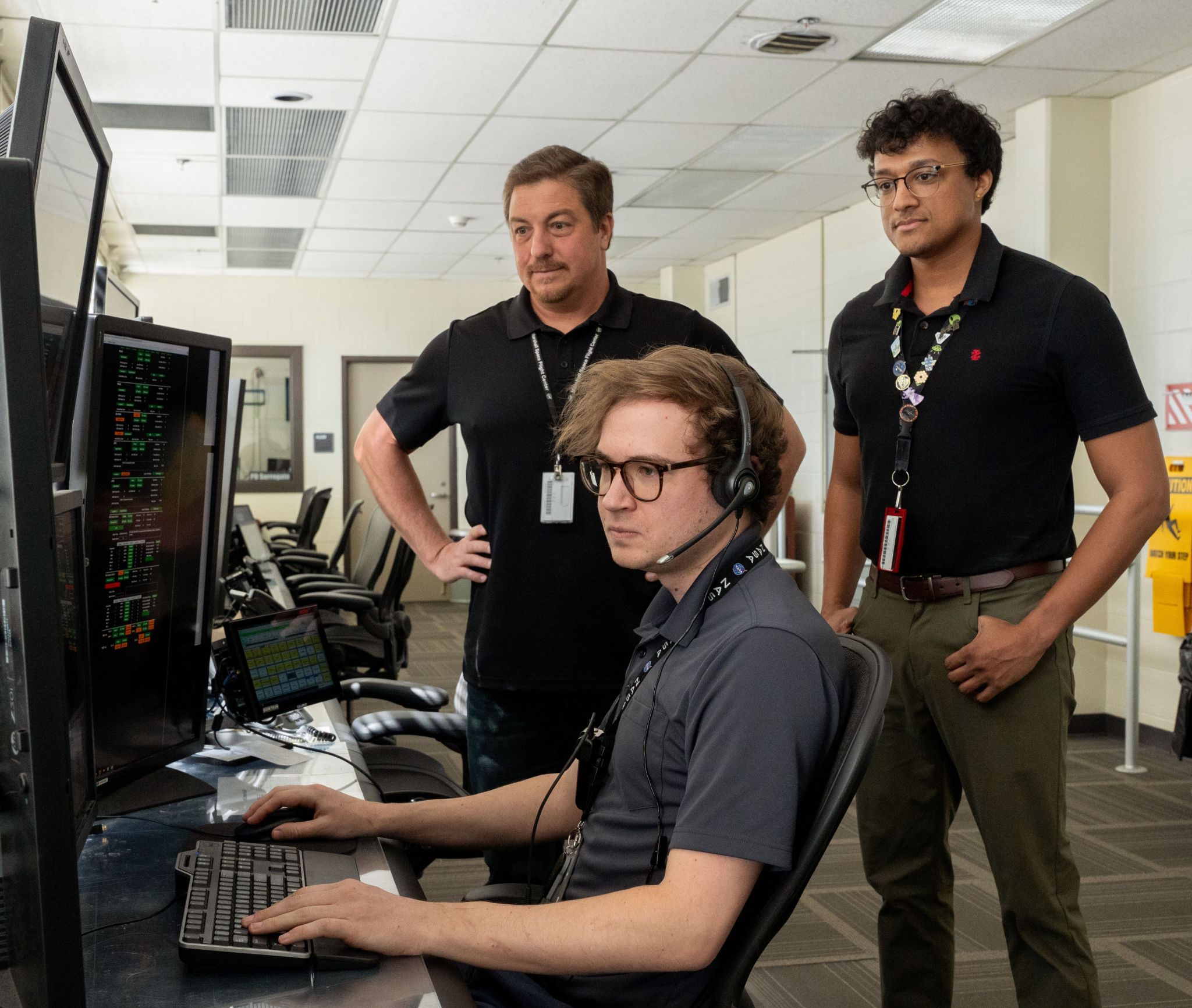3 min read

Two new automation tools developed at NASA's Marshall Space Flight Center in Huntsville, Alabama, are geared toward improving operations for flight controllers working with the International Space Station from the Huntsville Operations Support Center.
The tools, called AutoDump and Permanently Missing Intervals Checker, will free the flight control team to focus on situational awareness, anomaly response, and real-time coordination.
The space station experiences routine loss-of-signal periods based on communication coverage as the space station orbits the Earth. When signal is lost, an onboard buffer records data that could not be downlinked during that period. Following acquisition of signal, flight controllers previously had to send a command to downlink, or "dump," the stored data.
The AutoDump tool streamlines a repetitive data downlinking command from flight controllers by detecting a routine loss-of-signal, and then autonomously sending the command to downlink data stored in the onboard buffer when the signal is acquired again. Once the data has been downlinked, the tool will automatically make an entry in the console log to confirm the downlink took place.
"Reliably and quickly sending these dump commands is important to ensure that space station payload developers can operate from the most current data," said Michael Zekoff, manager of Space Systems Operations at Marshall.






